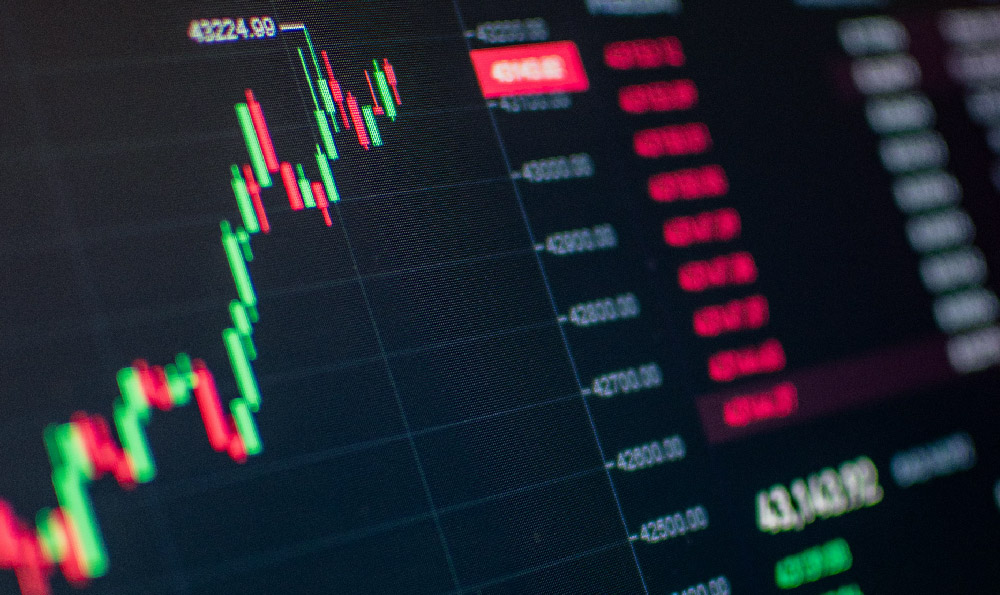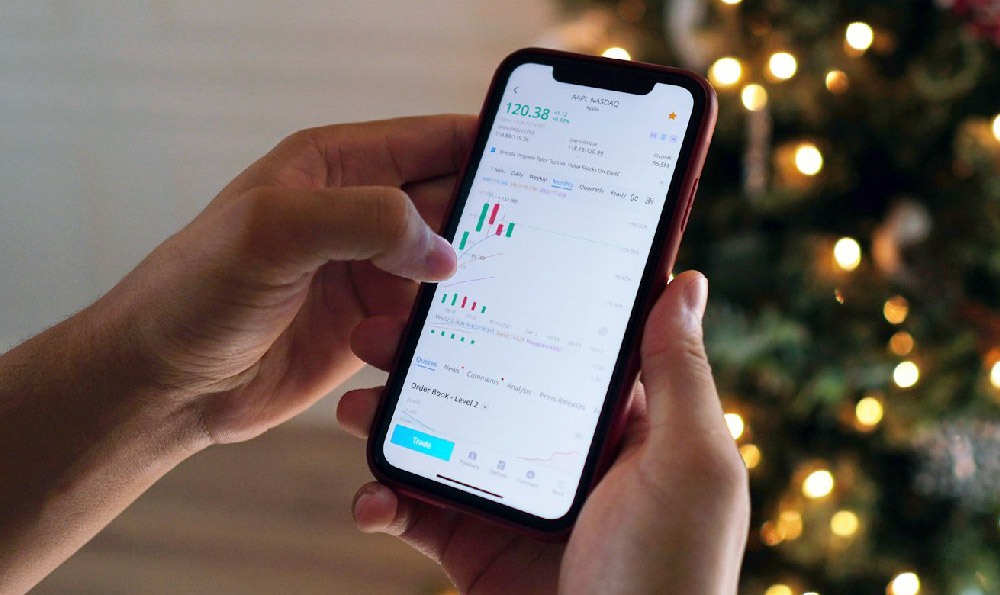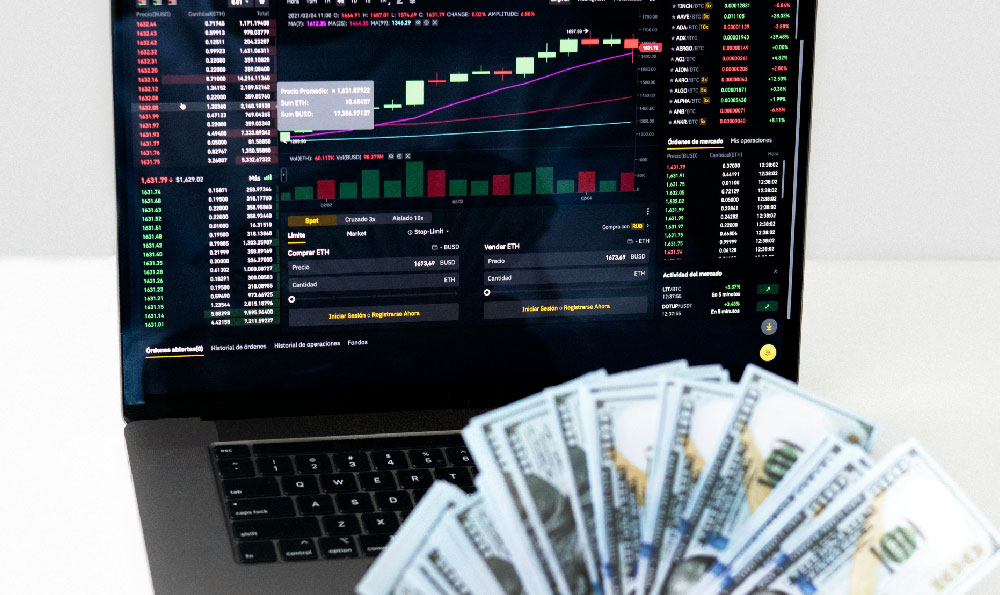Money market accounts (MMAs) have long been considered a cornerstone of conservative investment strategies, offering a balance between liquidity and returns that appeals to both novice and experienced investors. Their appeal lies primarily in the competitive interest rates they provide, which can outpace traditional savings accounts while still maintaining the safety of insured deposits. Understanding how much interest these accounts can generate requires delving into the mechanisms behind their funding, the factors that influence their yields, and the broader economic context in which they operate.
At their core, MMAs function as short-term deposit accounts that pool funds from multiple investors to invest in low-risk, liquid assets such as government securities, commercial paper, and certificates of deposit. This structure allows institutions to offer higher interest rates than standard savings accounts, as the pooled capital is invested in instruments that often yield more than cash reserves. While interest rates can vary widely depending on the financial institution and the current economic climate, they typically range from 0.4% to 4% annually. However, this wide range is not arbitrary; it is shaped by the interplay of several critical variables, including the Federal Reserve’s benchmark interest rates, the demand for short-term investments, and the risk profile of the underlying assets.
A snapshot of the current interest rate environment reveals that MMA yields are often closely tied to the federal funds rate. When the Federal Reserve adjusts its benchmark rates to stimulate or tighten monetary policy, the ripple effect is felt across short-term financial products. For instance, during periods of economic expansion, the demand for short-term corporate debt may rise, pushing up the interest rates offered by MMAs. Conversely, in a slowing economy, lower market rates may translate to reduced returns for these accounts. This dynamic relationship underscores the importance of monitoring macroeconomic indicators and central bank policies when evaluating potential MMA returns.

Beyond macroeconomic factors, the specific terms offered by individual banks play a significant role in determining the interest rate potential of MMAs. Institutions may tailor their MMA rates to attract depositors by offering higher yields for certain minimum balances or by incentivizing automation of transfers. For example, a bank might offer an additional 0.25% interest if a customer maintains a balance of $5,000 or more and directs automatic transfers. These promotional measures can significantly enhance the effective yield, though they are often conditional and subject to change.
The comparison between MMAs and other financial instruments is another key aspect of assessing their interest potential. Unlike savings accounts, which typically offer lower interest rates and may have limitations on the number of withdrawals, MMAs usually provide higher returns while allowing a more flexible withdrawal schedule. However, they often require a higher minimum balance to qualify for the enhanced rates, which can be a barrier for some investors. When compared to money market mutual funds, which invest in a broader range of securities, MMAs benefit from the stability of government-backed assets, but their returns may lag in volatile market conditions. This makes MMAs a suitable option for investors who prioritize security over potential capital appreciation.
The interest rate landscape for MMAs is also influenced by the supply and demand for short-term capital. As investors seek more lucrative alternatives to low-yield savings products, the increased demand for MMAs can drive up the rates offered by financial institutions. This, in turn, reflects broader trends in the financial market, such as the shift toward inflation-protected investments or the impact of geopolitical events on capital flows. For instance, during times of uncertainty, investors may flock to MMAs for their relative safety, which could lead to temporary rate increases as institutions compete for depositors.
While the interest rates offered by MMAs can vary, investors should also consider the broader implications of these returns. The actual yield earned is subject to compounding frequency, which can affect the total amount accumulated over time. Daily compounding, for example, allows interest to be reinvested more frequently, potentially leading to higher returns compared to monthly or annual compounding. Additionally, the tax implications of interest income must be factored in, as earnings from MMAs are typically taxed as ordinary income, which may be less favorable than tax-advantaged accounts.
For those seeking to maximize the interest earned from MMAs, strategic choices can make a substantial difference. Comparing rates across banks, both local and national, is essential, as some institutions may offer more competitive terms than others. Moreover, understanding the fees associated with MMAs is crucial, as withdrawal penalties or service charges can offset even the most attractive interest rates. Investors should also explore features such as automatic transfers, which many institutions offer as a way to reward consistent deposits, and consider the impact of market volatility on their investment strategy.
Ultimately, the interest rates available for MMAs are not static but evolve in response to economic conditions, institutional policies, and investor behavior. While they may not rival the returns of high-risk investments, their combination of security and moderate yields makes them an attractive option for those looking to preserve capital while earning returns that exceed traditional savings accounts. As the financial landscape continues to shift, the ability to adapt to changing interest rate environments will be key to optimizing the returns from these accounts. Investors must remain informed and vigilant, leveraging the tools available to them to navigate the complexities of MMA interest rates effectively.












